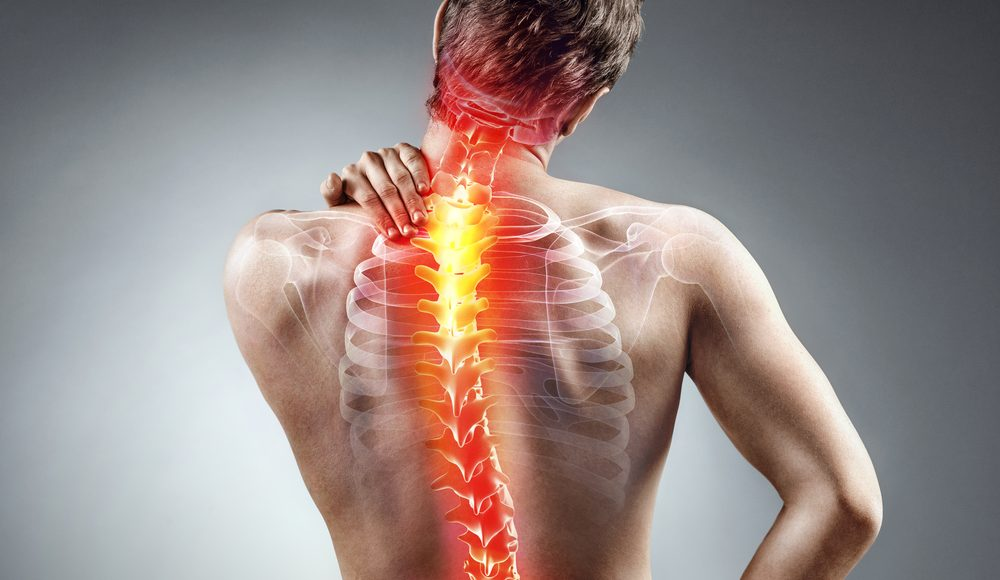Muscle pain is a common ailment that can arise from various factors such as overuse, injury, tension, or underlying medical conditions. Whether you’re an athlete, fitness enthusiast, or someone experiencing occasional discomfort, knowing how to effectively deal with muscle pain is essential for your overall well-being. In this blog, we’ll explore practical strategies for managing and recovering from muscle pain to help you get back to feeling your best.
Muscle Pain:
Muscle pain, also known as myalgia, can manifest as soreness, stiffness, or aching sensations in the affected muscles. It can occur suddenly or develop gradually over time, impacting your mobility and daily activities. Common causes of myalgia include:
Overexertion:
Overexertion, whether through intense physical activity or prolonged periods of sitting or standing, can also lead to muscle ache. When muscles are pushed beyond their limits, they can become strained or injured, resulting in discomfort and a decreased range of motion. It is essential to listen to your body and give it the rest and recovery it needs to prevent overexertion-related muscle pain. Additionally, incorporating proper warm-up and cool-down routines, as well as gradually increasing the intensity and duration of physical activity, can help reduce the risk of overexertion and subsequent myalgia. By addressing these various factors that contribute to myalgia, individuals can effectively manage and alleviate their symptoms for improved overall well-being.
Injury:
Injury muscles is a common cause of muscle pain. This can occur from overuse, strain, or sudden impact. Injuries such as muscle tears, sprains, or strains can result in pain, swelling, and a limited range of motion. Additionally, underlying medical conditions like fibromyalgia, arthritis, or infections can also cause muscle pain. Identifying the specific cause of pain is essential in order to determine the appropriate treatment and management plan.
Tension:
Psychological stress, poor posture, or prolonged sitting can contribute to muscle tension and discomfort, particularly in the neck, shoulders, and back. Headaches and stress can also contribute to myalgia, as tight muscles can lead to discomfort and soreness. Poor posture and improper body mechanics can further exacerbate muscle pain, as muscles may be forced to work harder than necessary. In some cases, inadequate hydration and nutrition can also play a role in myalgia, as dehydration and nutrient deficiencies can affect muscle function and recovery. It is important to address these contributing factors in order to effectively alleviate muscle pain and prevent future issues. try Pain O Soma 500 and Prosoma 500 best Muscle relaxant
Medical Conditions:
Certain medical conditions such as fibromyalgia, arthritis, or infections can cause widespread muscle pain and tenderness.
Strategies for Muscle Pain Recovery:
While muscle pain can be challenging to endure, several strategies can facilitate recovery and alleviate discomfort. Here are some effective approaches:
Rest and Recovery:
Allow your muscles adequate time to rest and recover, especially after intense physical activity or injury. Avoid overexertion and give your body the opportunity to heal naturally.
Gentle Stretching:
Perform gentle stretching exercises to help relieve muscle tension, improve flexibility, and enhance blood flow to the affected areas. Focus on stretching the muscles that are tight or sore, but avoid overstretching to prevent further injury.
Apply Heat or Cold Therapy:
Alternating between heat and cold therapy can help reduce inflammation, alleviate pain, and promote healing. Apply a warm compress or take a warm bath to relax tense muscles, or use an ice pack to numb soreness and reduce swelling.
Massage Therapy:
Consider getting a professional massage or using self-massage techniques to release tight knots, improve circulation, and alleviate muscle ache. Experiment with different massage tools such as foam rollers, massage balls, or handheld massagers for targeted relief.
Stay Hydrated:
Drink plenty of water to stay hydrated and support optimal muscle function. Dehydration can exacerbate muscle cramps and stiffness, so aim to drink enough fluids throughout the day, especially during and after exercise.
Nutrition and Supplements:
Maintain a balanced diet rich in nutrients such as magnesium, potassium, and antioxidants, which are essential for muscle health and recovery. Consider incorporating foods or supplements that have anti-inflammatory properties, such as omega-3 fatty acids or turmeric, to reduce pain and inflammation.
Gradual Return to Activity:
Once your pain subsides and you begin to feel better, gradually reintroduce physical activity and exercise into your routine. Start with low-impact activities and gradually increase the intensity and duration as your muscles strengthen and adapt.
Seek Professional Guidance:
If your muscle pain persists or worsens despite home remedies, consult a healthcare professional for a proper diagnosis and personalized treatment plan. Physical therapy, chiropractic care, or other specialized interventions may be necessary to address underlying issues and facilitate recovery.
Conclusion:
Dealing with muscle pain requires patience, self-care, and a proactive approach to recovery. By understanding the causes of pain and implementing effective strategies such as rest, gentle stretching, heat or cold therapy, massage, hydration, proper nutrition, and gradual return to activity, you can alleviate discomfort and promote healing. Remember to listen to your body, prioritize self-care, and seek professional guidance if needed to ensure a smooth recovery and prevent future injuries. With the right strategies and mindset, you can overcome muscle pain and get back to enjoying life to the fullest.
Stay tuned for more news and updates on Frolic Beverages!











